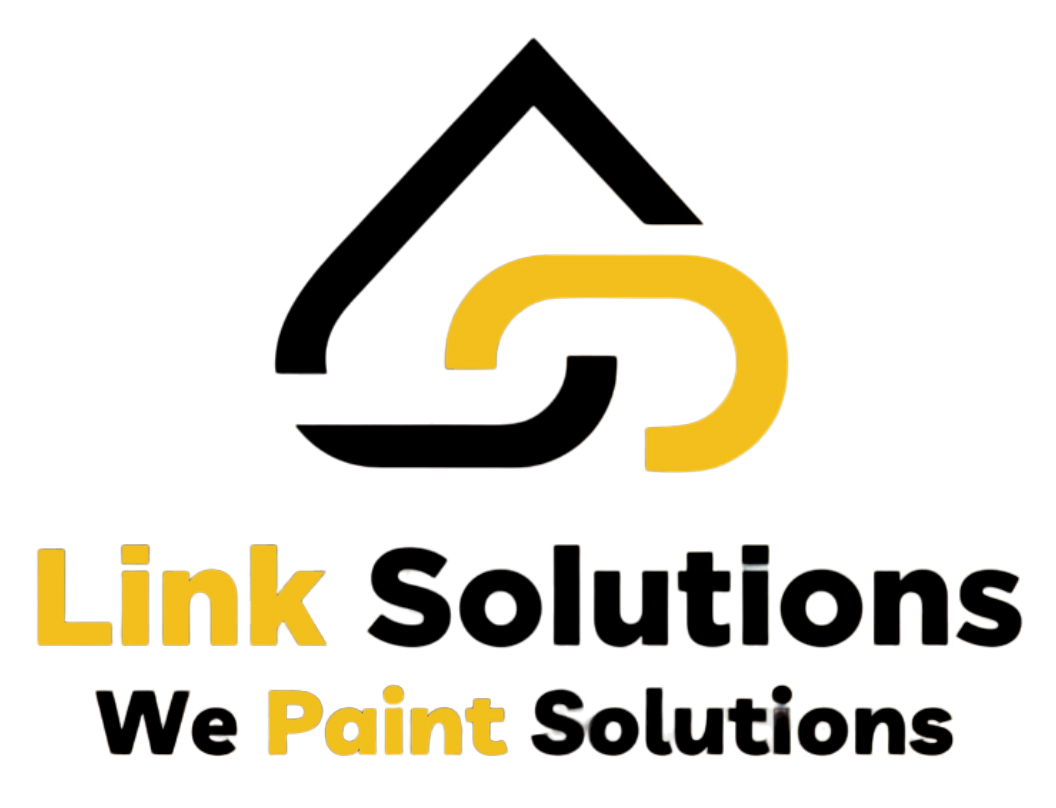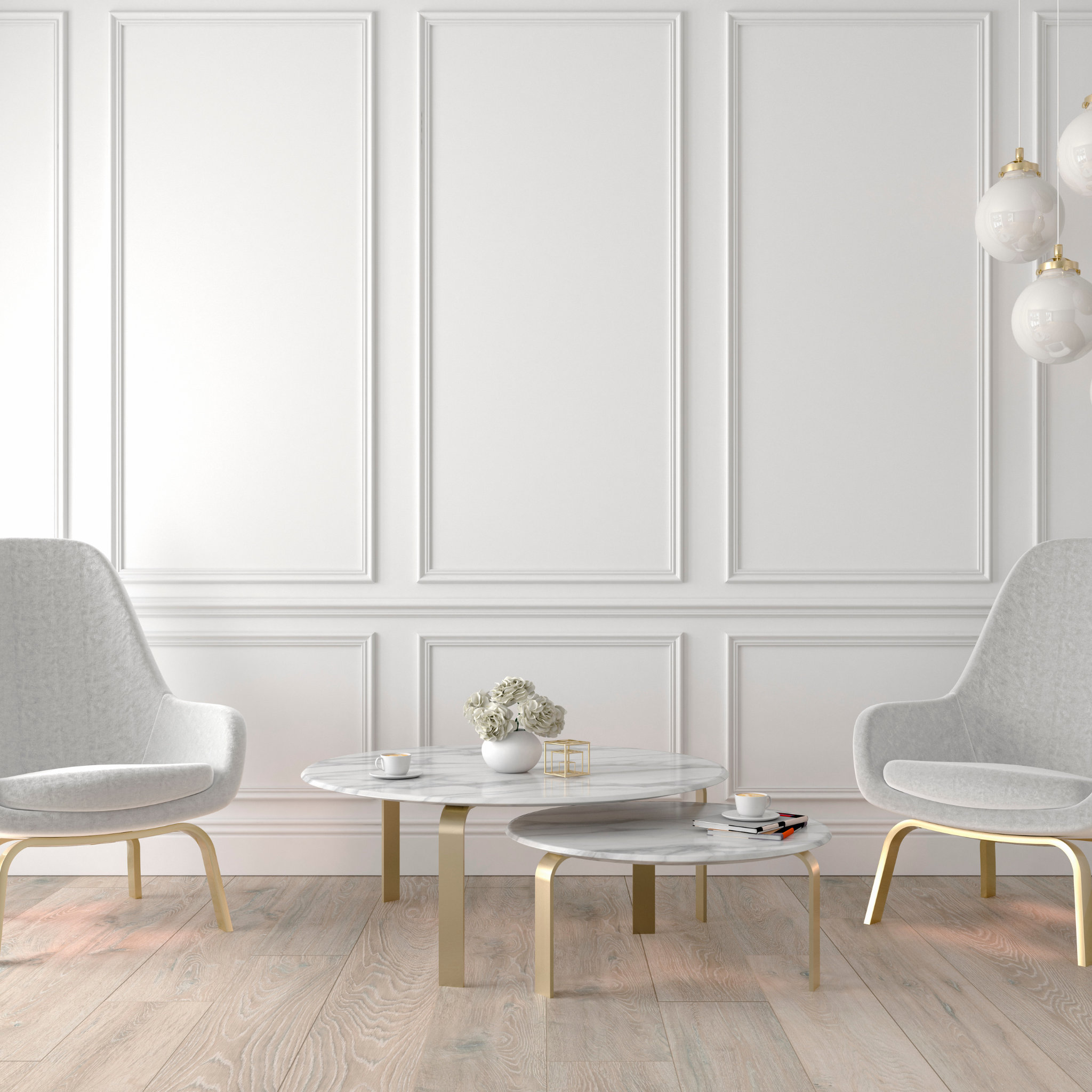
Painting MDF Boards: Do you have a beautiful Medium-density fiberboard (MDF) build or project in mind and want it to shine through a coat of colorful paint? As avid DIYers, we know painting MDF boards opens up many possibilities for eye-catching furniture, built-ins, crafts, and more. However, MDF requires careful surface prep and sealers to allow the paint to adhere and withstand wear fully. Don’t worry – follow our professional painter’s tips to properly prep, prime, and paint MDF for a smooth, durable finish you’ll love showing off for years. Let’s get started!
Painting MDF Boards: How to Properly Paint MDF
Preparing MDF Boards for Painting
Before starting the painting process, the MDF board must be adequately prepared to achieve an even and durable painted finish. Proper prep work is vital to paint adhering correctly and avoiding issues with bleed-through of wood grains or components.
The first step is to thoroughly sand the entire surface, especially if the MDF is new. This roughens the very smooth face for better paint grip. Next, wipe down with a tack cloth to remove all dust particles before priming.
Sanding the MDF Board
Sanding should be done with fine 120-220 grit sandpaper to lightly scuff without removing the outer layer. It is essential to sand evenly across the entire piece, moving toward the wood grain to avoid an uneven rise-and-fall texture. Wrap sandpaper around a block for best results.
Be sure to sand all edges and ends of the MDF in addition to the prominent faces. It prepares every surface coming into contact with paint for proper adhesion. Avoid skipping hard-to-reach areas.
Cleaning and Priming
After sanding away dust, wipe down the MDF board with a tack cloth. This specialized material picks up remaining dust or particles that could otherwise ruin the painted finish. Change tack cloths frequently to prevent moving around debris.
Priming an MDF board before painting is strongly recommended. The primer coat provides another layer of protection against bleed-through from wood components in the board. It also allows for greatly improved topcoat adhesion for a smoother, more durable finish.
An oil-based high-build primer designed for MDF application works beautifully. Apply with a brush or spray gun using long, even strokes according to manufacturer guidelines. Allow to fully dry before adding paint.
Painting MDF Boards: Choosing the Right Paints for MDF
With the MDF board now prepped and primed, decide on an appropriate topcoat paint for the project. The choices in quality paint for MDF are abundant, but some perform better than others.
Latex Paint
Latex or acrylic paints are water-based options ideal for indoor painted MDF projects. They deliver rich, uniform color and resist yellowing or cracking over time. Latex paints adhere exceptionally well to primed MDF while allowing flexibility to prevent chipping if the board suffers minor dents. Gloss and matte sheens are both suitable finishes.
However, latex paints contain moisture that can react with components in the MDF, causing bleed-through stains over time. Adequate priming is essential to combat this. Latex paint also requires a certain level of ongoing care compared to other options.
Acrylic Paint
Acrylic paint is another water-based choice that performs very similarly to latex. It provides an excellent color payoff in any sheen, from ultra matte to a high gloss on multiple surfaces, including wood composites. Acrylic adheres well, dries pretty quickly, and resists fading or yellowing.
Much like latex paint, acrylic contains moisture that could react with MDF composite and lead to bleed-through without proper prep and priming. It also requires more care during use and over time than oil-based paints.
Oil-Based Paint
Oil or enamel paints use oil as a vehicle rather than water, creating a robust, protective coating for indoor and outdoor MDF projects. The thick consistency provides superb hide and a uniform satin to high-gloss finish.
Oil-based paints are naturally moisture resistant, which prevents bleed-through when applied to MDF composite boards. This makes extra priming steps optional in some cases. The durable finish better resists chipping, fading, and physical damage from regular use.
However, oil paint application requires mineral spirits for brush cleanup. The fumes are also quite robust and necessitate work in a well-ventilated area.
Paint Brands for MDF
Quality paints like Behr Premium Plus, Valspar Reserve, or Sherwin-Williams ProClassic provide reliable, professional-grade results on primed composite MDF boards. Oil or latex enamels suit indoor furnishings, while exterior latex formulas match outdoor elements. Before beginning the application, always check that the selected paint works on composite wood materials.
Paint Application Process
With the best type of paint now selected for the MDF project, decide on the desired application method. Depending on needs, MDF boards can be completed with standard brushes, specialty spray cans, or advanced spray gun equipment.
Brush Painting MDF
The most straightforward approach is applying paint by brush directly onto the prepared MDF board’s surface. This low-cost, beginner-friendly method allows for plenty of control. While spraying paint considerably accelerates the process, brush capabilities provide advantages.
Paint Brush Type
Use high-quality nylon or polyester bristle brushes specifically designed for smooth surfaces. If oil or enamel coatings are selected, the bristles must be resilient enough for solvent-based paints. Brush sizes between 1-3 inches work well for maneuvering around intricate edges or built-up furniture constructs of layered MDF.
Brush Techniques
Dip the paintbrush into the paint, wiping excess back into the can to prevent dripping. Hold at a 45-degree angle to the surface, gently pressing to scrape paint onto the MDF. Apply long, slightly overlapping paths while maintaining consistent pressure for even coating.
Work from untreated areas into newly painted sections to blend borders before drying. Paint all sides with careful edge brushing to prevent drips through subtle built-up layers. Frequently rinse and reload for a wet brush that won’t drag across drying paint.
Spray Painting MDF
For those seeking a dramatically accelerated painting process, spray paint finishes the job in less time with less effort. Various spray methods efficiently coat large uniform blocks of MDF, intricate edges, and anything in between. Modern spray paint technology also delivers outstanding durability, rivaling a brush.
Spray Can Requirements
Preval sprayer cans provide a compact, affordable introduction to spray painting MDF boards. Various all-in-one rattle cans contain pre-pressurized paint ready for application. Twist or trigger to release a wide fan pattern spray for broad coverage without investing in spray systems.
Alternatively, electric or air-powered HVLP spray gun equipment propels paint via compressed air. The guns feature an optimized tip and airflow design for beautifully efficient application, ideal for the production-level finishing of MDF boards. Match to a suitable compressor and environmental filter setup to complete.
Spray Techniques
Always layer multiple fine coats of spray paint rather than attempting full coverage in one pass. Move the spray head smoothly parallel to the surface at an ideal 6 to 10-inch distance for even overlaps without flooding paint. Before filling the main surface, target the outer edges first and turn corners with a gentle curve rather than harsh angles for wrapped color.
Mask off any bordering objects or surfaces not slated for painting by taping down protective plastic sheeting to absorb overspray. Apply protective equipment like a respirator and goggles while spray painting using adequate workspace ventilation.
Caring for Painted MDF
To ensure your painted MDF maintains its beautiful finish for years to come:
- Allow the paint to cure for 30 days before heavy use
- Use painter’spainter’s tape for touch-ups to limit paint peeling
- Clean painted surfaces with soft microfiber cloths and mild soap and water
- Avoid harsh cleaners, solvents, or abrasive pads
- Apply a new protective topcoat every 2-3 years
You can achieve striking, durable painted finishes on MDF with proper preparation, selection, and application techniques. Just ensure smooth surfaces, prime uniformly, apply multiple coats, and allow ample curing time.
Need assistance completing your next painted MDF project in Massachusetts? Contact our painting experts at Link Solutions Painting Company. Call 339-230-7993 right now!!!


